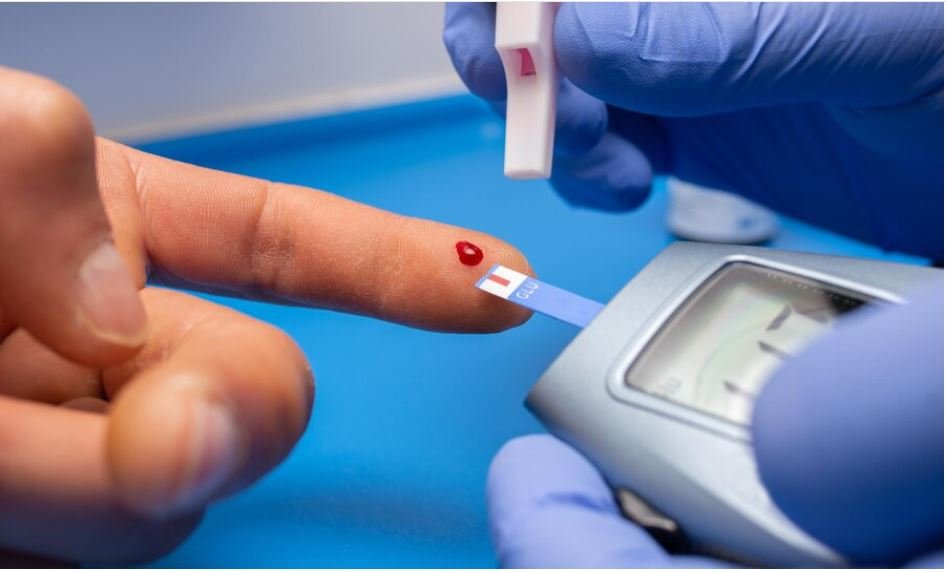![]()
![]()
![]()
![]()

Type 2 diabetes is a prevalent and concerning health issue that affects millions of people globally. While the condition is characterized by insulin resistance and elevated blood sugar levels, the root causes of type 2 diabetes are multifaceted. This comprehensive blog post seeks to unravel the intricacies surrounding the causes of type 2 diabetes, providing clear explanations in straightforward language.
One of the primary factors contributing to the development of type 2 diabetes is genetic predisposition. Individuals with a family history of diabetes are at a higher risk of inheriting genetic traits that can influence insulin production and glucose metabolism.
Inherited genetic factors impact the body’s ability to regulate blood sugar levels effectively. Specific genes associated with insulin resistance may be passed down through generations, making certain individuals more susceptible to developing type 2 diabetes.

Beyond genetic factors, lifestyle choices play a pivotal role in the onset of type 2 diabetes. Obesity, often linked to poor dietary habits and sedentary lifestyles, significantly increases the risk of developing insulin resistance.
Consuming a diet high in refined sugars, saturated fats, and processed foods can lead to weight gain and the accumulation of visceral fat. This excess fat, especially around the abdomen, contributes to insulin resistance, setting the stage for the development of type 2 diabetes.
Physical inactivity exacerbates the problem, as regular exercise is essential for maintaining a healthy weight and promoting insulin sensitivity. A sedentary lifestyle, coupled with poor dietary choices, forms a dangerous tandem that heightens the risk of type 2 diabetes.
The cornerstone of type 2 diabetes lies in the body’s inability to use insulin effectively, a condition known as insulin resistance. Insulin is a hormone produced by the pancreas, facilitating the uptake of glucose into cells for energy. In individuals with insulin resistance, cells fail to respond adequately to insulin, leading to elevated blood sugar levels.
Simultaneously, the pancreas compensates by producing more insulin to overcome this resistance. However, over time, the beta cells in the pancreas may become exhausted and lose their ability to secrete sufficient insulin, resulting in a dual mechanism of insulin resistance and beta-cell dysfunction.
Type 2 diabetes often coexists with other health conditions, such as high blood pressure and metabolic syndrome. High blood pressure, or hypertension, contributes to the strain on blood vessels and organs, impairing insulin function ad exacerbating insulin resistance.
Metabolic syndrome, characterized by a cluster of conditions including abdominal obesity, high blood pressure, elevated triglycerides, and low HDL cholesterol, is a precursor to type 2 diabetes. The interplay of these factors creates a metabolic milieu conducive to insulin resistance and diabetes development.
Advancing age is a non-modifiable risk factor for type 2 diabetes. As individuals age, the risk of developing insulin resistance increases, and the pancreas may become less efficient in producing insulin. The prevalence of type 2 diabetes is higher in older adults, underscoring the importance of preventive measures as individuals age.
Furthermore, ethnicity plays a role in diabetes risk, with certain populations, including African Americans, Hispanic/Latino Americans, Native Americans, and Asian Americans, being more predisposed to the condition. Genetic and environmental factors unique to different ethnic groups contribute to varying susceptibilities to type 2 diabetes.
For women, experiencing gestational diabetes during pregnancy can be a precursor to type 2 diabetes. Gestational diabetes occurs when the body cannot produce enough insulin to meet the increased demands of pregnancy. Women who develop gestational diabetes have an elevated risk of developing type 2 diabetes later in life.
The physiological changes during pregnancy, including hormonal fluctuations and increased insulin resistance, may unmask underlying predispositions to diabetes. Lifestyle modifications and monitoring are crucial for managing gestational diabetes and mitigating the long-term risk of developing type 2 diabetes.

Related posts
In conclusion, the causes of type 2 diabetes are complex, involving a combination of genetic, lifestyle, and environmental factors. This blog post has aimed to unravel the threads of causation in an accessible manner, shedding light on the various contributors to this prevalent health condition. Understanding the root causes of type 2 diabetes is the first step towards effective prevention and management, emphasizing the importance of lifestyle modifications, regular screenings, and targeted interventions in reducing the global burden of type 2 diabetes.